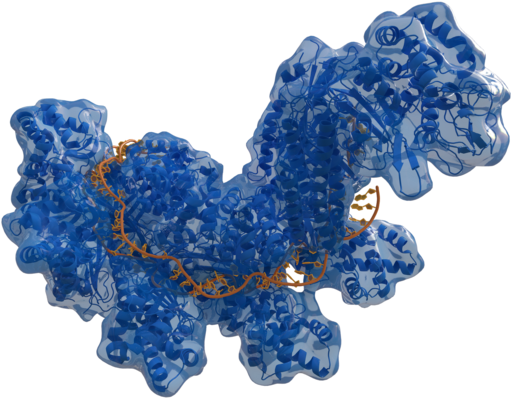At Oak Ridge National Laboratory, researchers are tackling the challenge of enhancing CRISPR, a groundbreaking gene-editing tool sort of like molecular scissors. While CRISPR has revolutionized genetic engineering in larger organisms such as mammals and fruit flies, its effectiveness in smaller organisms is limited. This limitation prompted a team to jump into the complex world of quantum biology, an area of study that investigates how quantum mechanics influence biological processes.
In AP Biology, we were introduced to the complexities of cellular structures and genetic mechanisms, and CRISPR is a topic of connection. CRISPR operates at the DNA level, precisely targeting and modifying specific sections of the DNA molecule. The passage highlights how CRISPR can be used to alter an organism’s traits by editing its DNA. This concept ties directly to the unit on genetics, where we learned about how changes in DNA sequence can lead to variations in phenotype. CRISPR technology allows scientists to make precise changes to the genetic code, providing a powerful tool for studying gene function and genetic disorders. In their search to understand why CRISPR behaves differently across various organisms, the researchers explored the movement of electrons within cellular structures, drawing insights from some principles of quantum mechanics. This exploration led them to develop a deeper understanding of the underlying mechanisms influencing CRISPR’s efficiency.

Based on their discoveries, the team launched to develop a sophisticated computational model. This model, which integrates elements of artificial intelligence and quantum chemistry, is designed to predict the most effective targets for CRISPR within microbial genomes. Basically, they are leveraging the principles of quantum biology to enhance the precision and efficacy of CRISPR editing in smaller organisms. The implications of this research have promise for addressing genetic diseases and advancing biotechnological applications in human health and agriculture. Through their efforts, they inspire new pathways for harnessing the power of CRISPR to solve new mysteries and pave the way for a future characterized by innovation and discovery.



Leave a Reply